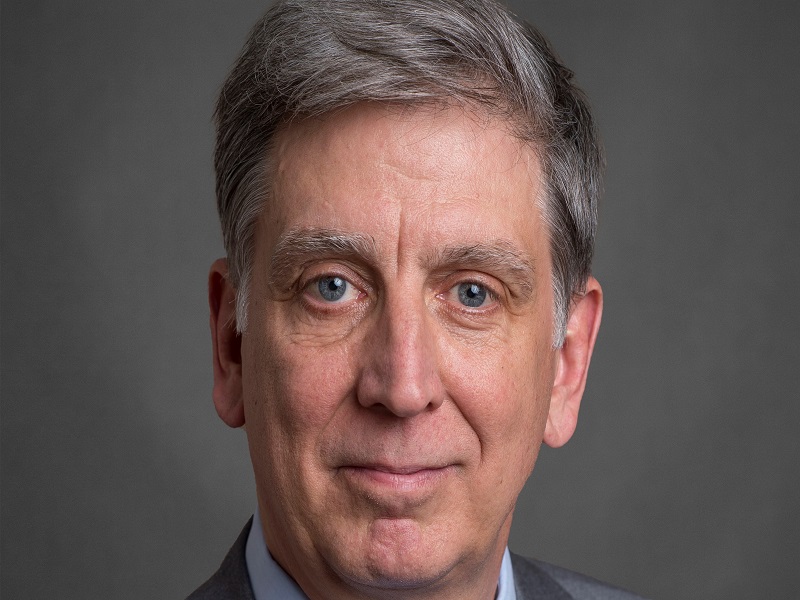
With increased market volatility due to Russia’s invasion of Ukraine, central banks in the West looking to tighten monetary policies as the world begins emerging from the coronavirus pandemic and higher, more persistent inflation than anticipated, bond investors are in for a wild ride, said Samantha Klein, lead of institutional business for T. Rowe Price in Eastern Canada, during a session at the Canadian Investment Review’s 2022 Global Investment Conference in April.
“It’s a very interesting time in the fixed income market,” said Andrew McCormick, head of global fixed income and chief investment officer of the fixed income division at T. Rowe Price, also speaking during the session. “We’re in a tightening cycle now . . . around the world that ends a decade of hyper-easy monetary policy and should create some really interesting changes in markets.”
Read: 2021 GIC coverage: How institutional investors can use fixed income amid low yields
He suggested investors remember that some of the fallout taking place as a result of the Russia-Ukraine crisis was already occurring prior to the conflict. As well, investors were already seeing stubbornly high inflation and curves flattening around the world. And, in particular, fixed income investors have to contend with supply chain disruptions as a result of the ongoing coronavirus restrictions in several countries in Asia.
Active management becomes more critical in duration exposures during times of high volatility, said McCormick, suggesting asset allocators add more levers to their fixed-income allocations, including floating-rate exposure and some access to global bonds, and be willing to actively manage for duration.
While a neutral interest rate for U.S. policy-makers is around 2.40 or 2.50, curves and markets around the world are showing it’s going to be challenging for some countries to get to those goals all at once, he said. “There will be times when we’ll have to pause policy or possibly even reverse it, which makes . . . interesting markets, but also very stressful times.”
Read: 2021 IIC coverage: Is inflation here to stay?
While a global recession isn’t a surety, T. Rowe Price’s economists believe there will be a growth scare, said McCormick, presenting two charts that plotted Canadian and U.S. inflation expectations over five years. Overall, the charts showed investors are confident that long-term inflation is going to be manageable. But while there’s some upward movement, he noted it isn’t the kind of breakout dramatic repricing that one would expect in an environment like this.
Markets also appear confident that credit will hold up through this entire economic cycle, he said, noting curves have flattened but not in a chaotic manner and risk assets were sold in an orderly fashion. “The bottom line is, if you adjust the spread widenings that we’ve seen for volatility, we’re really not much cheaper on an absolute basis. And that’s surprising to me given how long it’s been since markets have experienced volatility.”
Read: Quantitative easing windup, inflation likely to benefit pension plans: expert
Interest rates and equities have moved to reasonable levels over the last decade, representing a strong buying opportunity, said McCormick.
T. Rowe Price’s Canadian and U.S. pension plan sponsor clients have found value investing in American asset-back security sectors and floating-rate assets — including short-dated, high-grade collateralized loan obligations, he said, encouraging investors to maintain higher-than-normal liquidity levels and be willing to be nimble on the rates and curve side.
“Information washes through this market very quickly and it is important to react in an appropriate way.”
Read more coverage from the 2022 Global Investment Conference.
